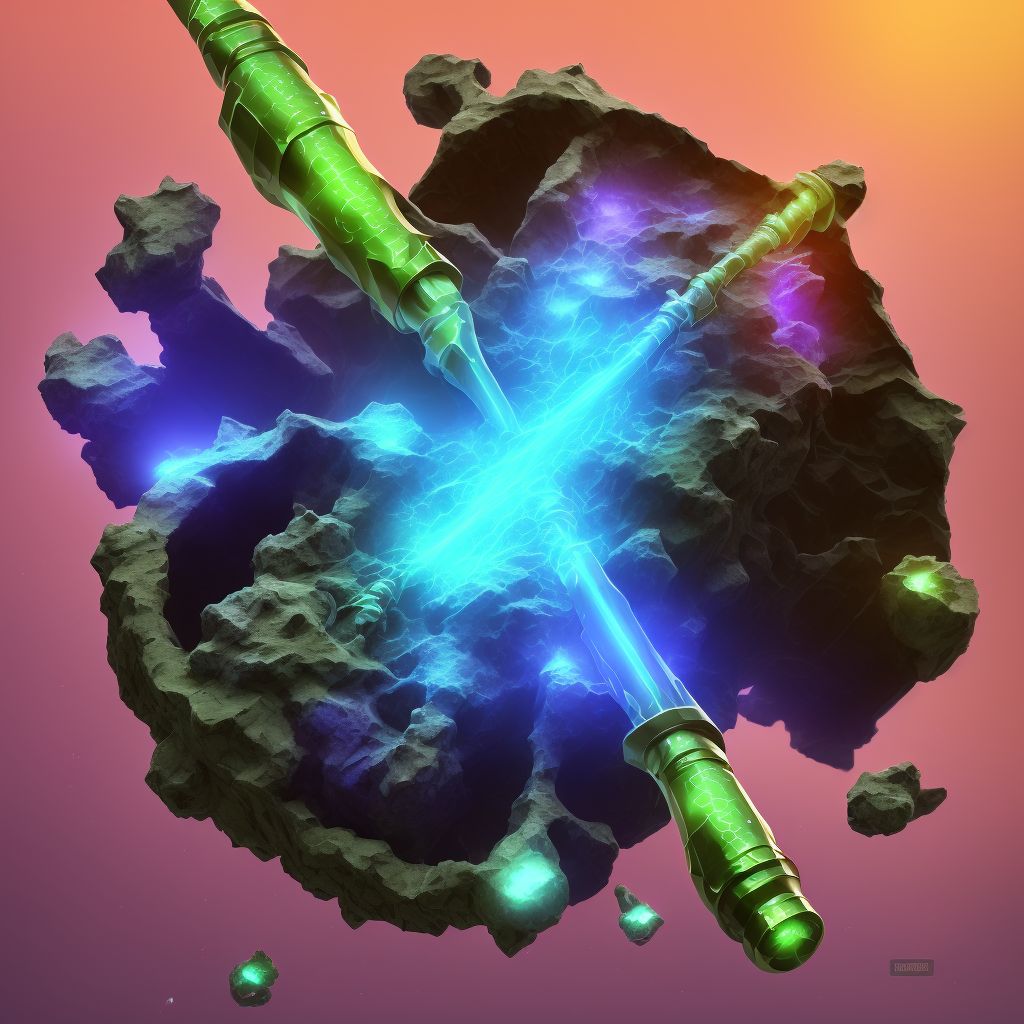
Nondisplaced comminuted fracture of shaft of unspecified tibia, subsequent encounter for open fracture type I or II with malunion Save
ICD-10 code: S82.256Q
Disease category: S82.256: Nondisplaced comminuted fracture of shaft of unspecified tibia
Nondisplaced Comminuted Fracture of the Tibia Shaft: Understanding Malunion
When it comes to bone fractures, one particular type that can occur is a nondisplaced comminuted fracture of the shaft of the tibia. This condition involves a break in the tibia bone that is characterized by multiple fragments without any significant displacement. In some cases, this fracture may result in malunion, a condition where the fractured bone heals in a position that is not anatomically aligned.
The subsequent encounter for an open fracture type I or II with malunion requires thorough understanding and management to ensure the best possible outcome. Although treatment is beyond the scope of this article, it's essential to be aware of the implications and considerations associated with this condition.
- Causes: Nondisplaced comminuted fractures of the tibia shaft can occur due to various reasons, including traumatic injuries, accidents, or high-impact activities. The severity and complexity of the fracture depend on the force and direction applied to the bone.
- Symptoms: Common symptoms associated with this type of fracture may include pain, swelling, tenderness, and difficulty bearing weight on the affected leg. However, it's important to note that malunion may lead to additional complications, such as altered limb alignment, limited mobility, and potential joint issues.
- Diagnosis: To accurately diagnose a nondisplaced comminuted fracture of the tibia shaft with malunion, healthcare professionals may utilize various diagnostic tools, including X-rays, CT scans, or MRI scans. These imaging techniques help determine the severity of the fracture, the degree of malunion, and aid in planning appropriate treatment options.
- Outcomes: The management of a subsequent encounter for an open fracture type I or II with malunion involves careful evaluation by an orthopedic specialist. They will assess factors such as the patient's age, overall health, and functional goals to determine the most suitable course of action. Treatment may involve surgical intervention, physical therapy, or a combination of both, depending on the specific case.
It's crucial for individuals with a nondisplaced comminuted fracture of the tibia shaft, subsequent encounter for open fracture type I or II with malunion to seek professional medical assistance promptly. Early diagnosis and appropriate management can significantly improve the chances of a successful recovery and restoration of normal limb function.
Disclaimer: The information provided in this article is for educational purposes only and should not be used as a substitute for professional medical advice. Please consult with a qualified healthcare professional for an accurate diagnosis and appropriate treatment options.
Treatment of Nondisplaced comminuted fracture of shaft of unspecified tibia, subsequent encounter for open fracture type I or II with malunion:
Treatment Options for Nondisplaced Comminuted Fracture of the Shaft of Unspecified Tibia, Subsequent Encounter for Open Fracture Type I or II with Malunion
When it comes to treating a nondisplaced comminuted fracture of the shaft of an unspecified tibia, subsequent encounter for open fracture type I or II with malunion, several treatment options are available. These options aim to ...
To see full information about treatment please Sign up or Log in